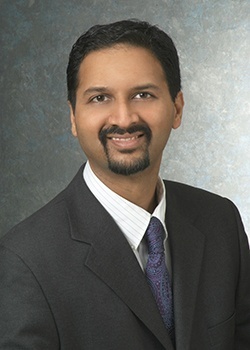 |
Page History
| Excerpt |
|---|
Traditional biology generally looks at only a few aspects of an organism at a time and attempts to molecularly dissect diseases and study them part by part with the hope that the sum of knowledge of parts would help explain the operation of the whole. Rarely has this been a successful strategy to understand the causes and cures for complex diseases. The motivation for a systems based approach to disease understanding aims to understand how large numbers of interrelated health variables, gene expression profiling, its cellular architecture and microenvironment, as seen in its histological image features, its 3 dimensional tissue architecture and vascularization, as seen in dynamic contrast enhanced (DCE) MRI, and its metabolic features, as seen by Magnetic Resonance Spectroscopy (MRS) or Positron Emission Tomography (PET), result in emergence of definable phenotypes. At the Center for Computational Imaging and Personalized Diagnostics (CCIPD) at Case Western Reserve University, we have been developing computerized knowledge alignment, representation, and fusion tools for integrating and correlating heterogeneous biological data spanning different spatial and temporal scales, modalities, and functionalities. These tools include computerized feature analysis methods for extracting subvisual attributes for characterizing disease appearance and behavior on radiographic (radiomics) and digitized pathology images (pathomics). Unlike radiomics and pathomics which are supervised feature analysis approaches, there has also been a great deal of recent interest in deep learning which enables unsupervised feature generation. In this talk I will discuss the development work in CCIPD on new radiomic and pathomic and deep learning approaches for capturing intra-tumoral heterogeneity and modeling tumor appearance. I will also focus my talk on how these radiomic and pathomic and deep learning approaches can be applied to predicting disease outcome, recurrence, progression and response to therapy in the context of prostate, brain, rectal, oropharyngeal, and lung cancers. Additionally I will also discuss some recent work on looking at use of pathomics in the context of racial health disparity and creation of more precise and tailored prognostic and response prediction models. |
...
